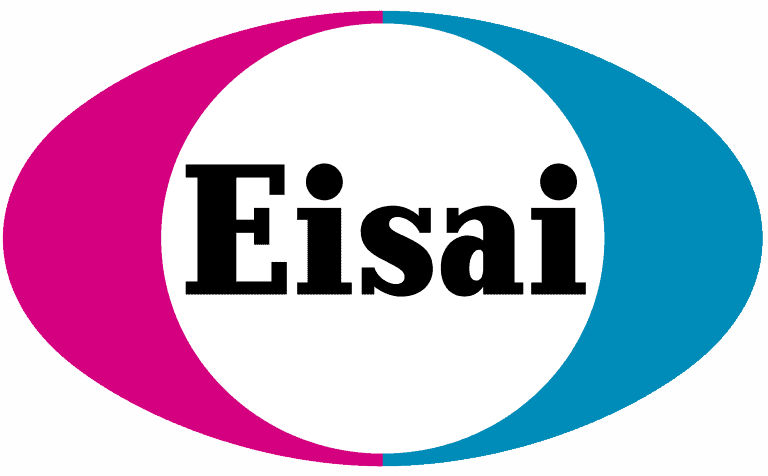A recent publication from Tanenhaus et al details the preclinical work by Encoded Therapeutics that has led to the development of a potential gene regulation therapy for Dravet syndrome. The study, published in the journal Human Gene Therapy in June, shows proof-of-concept that their approach, ETX101, can be delivered to the correct cells in the brain, upregulate expression of SCN1A, decrease seizures, and increase survival in animal models of Dravet syndrome. These promising studies lay the ground work for what will hopefully be the first one-time disease-modifying treatment for patients with Dravet syndrome.
Targeting SCN1A is not straight forward. The majority of cases of Dravet syndrome are caused by mutations in one copy of the sodium channel gene, SCN1A. The mutations that result in Dravet syndrome cause haploinsufficiency, meaning only about half of the necessary sodium channels are made from the remaining healthy copy of SCN1A. A straightforward approach to addressing a haploinsufficiency with genetic therapy would be to deliver a new copy of the healthy gene. However, SCN1A is a very large gene; too large to fit inside the currently available viral vectors that are used to delivery genetic therapies. Because of this challenge, researchers have had to find creative ways to address the haploinsufficiency in Dravet syndrome that do not rely on replacing the copy of the gene. Encoded Therapeutics has done this by developing an approach to target the regulation of the expression of SCN1A from the DNA.
Going after DNA regulation. DNA contains the code to make all the genes your body needs for all the diverse parts to form and function. For the most part, each gene holds the instructions to make a protein; the SCN1A gene codes for a protein called Nav1.1 which is a sodium channel important for neurons to communicate effectively. The DNA contains more than just the instructions for making proteins from genes, it also codes information on where, when, and how much of the gene should be expressed. That information is often found in the DNA code near the gene, sometimes just before the beginning of the gene, or even sometimes within the middle. By scanning the region just before the start of the SCN1A gene, the researchers performing these studies found a specific DNA sequence important for instructing cells to express more of the SCN1A gene; this region is called a promoter because it helps promote expression. Instead of sending in a new copy of SCN1A to replace the mutated copy, they could send in another gene that binds to this promoter region of the DNA and increases SCN1A expression from the existing healthy copy of the gene.
Delivering the gene therapy to the right place. It is not enough to develop a therapy that can overcome the SCN1A haploinsufficiency that causes Dravet syndrome at the DNA level without also addressing how to deliver the gene therapy to the correct cells in the body that need it. Prior research suggests that the cells that are most impacted by the reduced expression of SCN1A in Dravet syndrome are a subset of nerve cells in the brain, called GABAergic inhibitory interneurons. This specific type of neuron is critical for helping to regulate the electrical activity our brain uses to communicate, and when the number of functioning sodium channels are reduced, these cells can no longer effectively communicate, which is thought to lead to the seizures and other symptoms of Dravet syndrome. In these studies, the gene therapy was packaged inside an adeno-associated viral (AAV) vector that works well to deliver genes to cells in the brain (AAV9). Additionally, they included special instructions so the gene therapy is only expressed in the very specific GABAergic inhibitory interneurons and not within cells that do not need it.
Testing the therapy in animal models. Before attempting a genetic therapy in humans, it is ideal, and generally required by regulatory agencies, to be tested in cell and animal models first. The researchers showed in rodents and non-human primates that they could safely use this approach to increase expression of SCN1A specifically in the necessary population of neurons. They went on to test the gene therapy in mouse models of Dravet syndrome and found that treatment on the first day after birth reduced the frequency, length, and severity of spontaneous seizures and decreased the susceptibility to heat-induced seizures later in life. Importantly, the treatment also significantly increased the survival of Dravet mice in the study.
Looking towards the future. Encoded Therapeutics is actively working to bring ETX101 into clinical trials to be studied in patients with Dravet syndrome, and this publication represented the enormous amount of work that has gone into the development of a potential gene regulation therapy to treat the cause of Dravet syndrome. Testing in animal models indicated safety and potential effectiveness of this approach to decrease seizures and mortality resulting from SCN1A haploinsufficiency, which is encouraging for the move into human clinical trials.
Want to learn more?
- Read the full publication: Tanenhaus, A., Stowe, T., Young, A., McLaughlin, J., Aeran, R., Lin, I.W., Li, J., Hosur, R., Chen, M., Leedy, J., Chou, T., Pillay, S., Vila, M.C., Kearney, J.A., Moorhead, M., Belle, A., Tagliatela, S., 2022. Cell-Selective Adeno-Associated Virus-Mediated SCN1A Gene Regulation Therapy Rescues Mortality and Seizure Phenotypes in a Dravet Syndrome Mouse Model and Is Well Tolerated in Nonhuman Primates. Hum Gene Ther 33, 579–597. https://www.liebertpub.com/doi/10.1089/hum.2022.037
- Watch a presentation from Encoded Therapeutics at DSF’s 2022 Family & Professional Conference
- Watch this brief video created by Encoded Therapeutics about their approach





